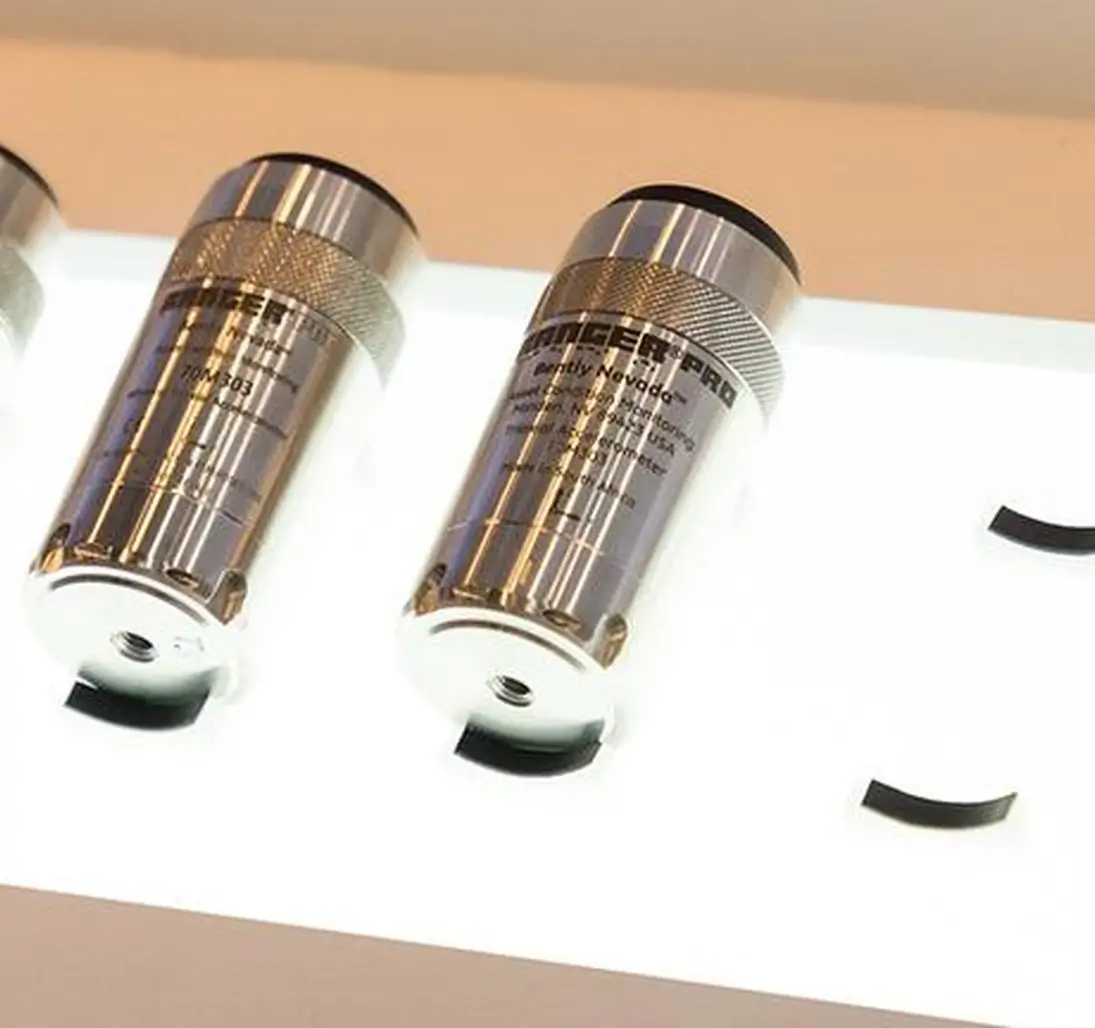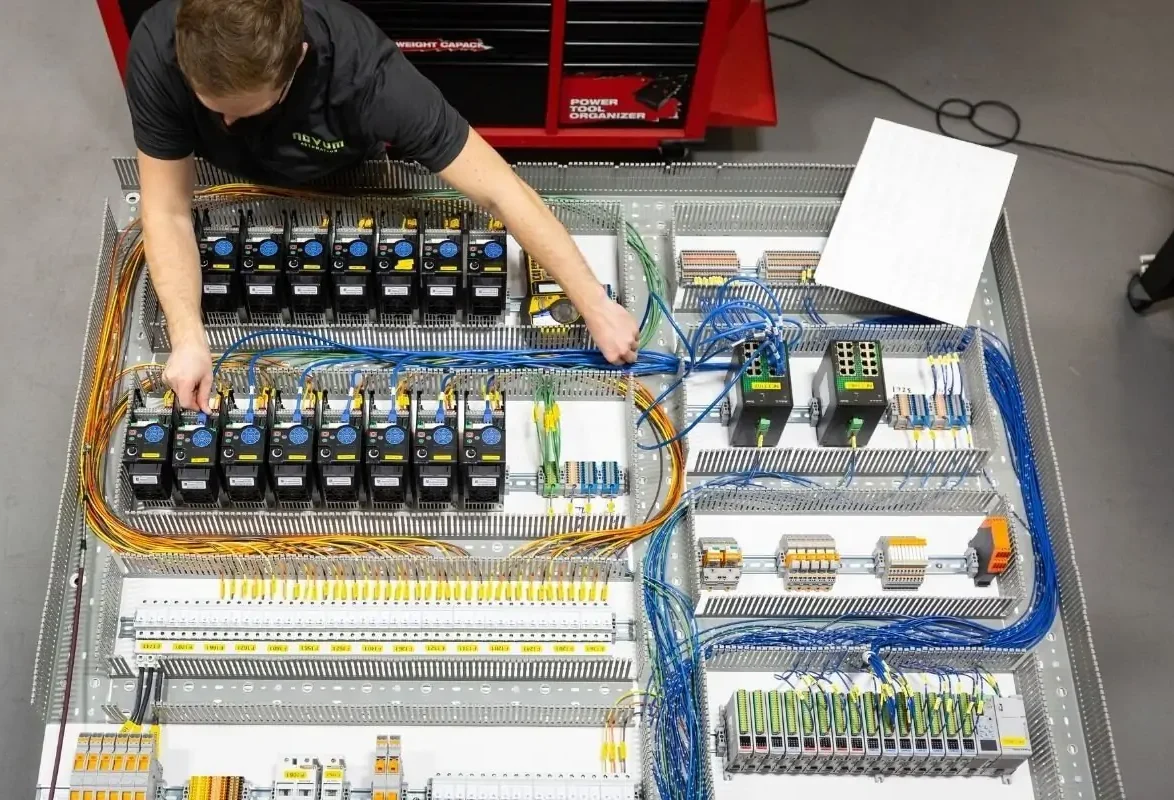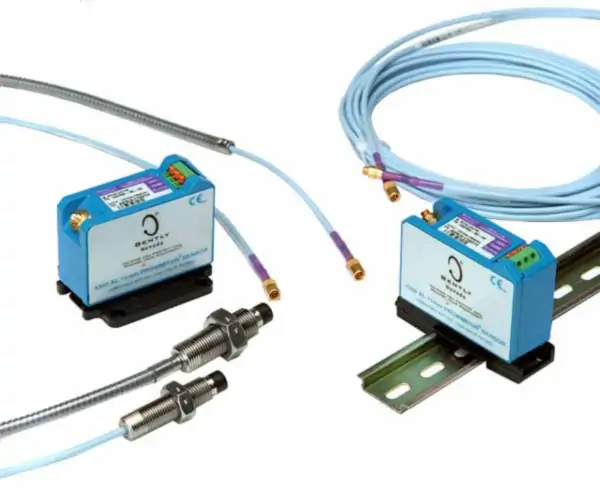Introduction
Deploying the 330500 Piezo-Velocity Sensor in harsh environments requires precision to ensure reliable performance. With 15 years of experience in industrial automation and serving brands like Bentley Nevada, GE, and AB, I’ll share actionable insights to maximize accuracy and longevity, even under extreme conditions.
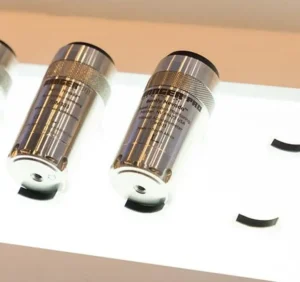
Understanding the Sensor’s Core Requirements
The 330500 sensor excels in vibration monitoring but demands proper alignment. Always mount it perpendicular to the vibration source. Avoid angled installations—even slight deviations can skew readings by 5-10%. Use a laser alignment tool for precision, especially in high-temperature or high-humidity settings.
Selecting the Right Mounting Hardware
Cheap brackets cause resonance. Opt for stainless steel or titanium mounts to dampen interference. For corrosive environments, apply anti-seize compounds on threads. Torque bolts to 15-20 Nm—over-tightening strains the sensor, while under-tightening risks loosening.
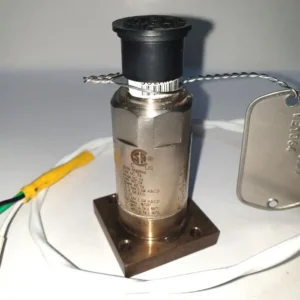
Shielding Against Environmental Stress
Harsh environments demand proactive protection. Use conduit seals for cables to block moisture and dust. In high EMI zones, braided shielding cables are non-negotiable. For sub-zero temperatures, wrap the sensor in thermal insulation tape to prevent condensation.
Calibration and Post-Installation Checks
Field calibration is critical. After installation, run a baseline test using a portable vibration simulator. Compare results with factory specs—differences over 3% indicate installation errors. Recheck mounting alignment and cable integrity before finalizing.
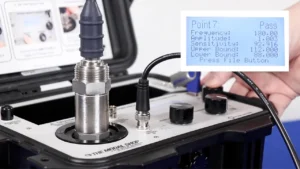
Long-Term Maintenance Tips
Schedule bi-annual inspections. Clean sensor surfaces with isopropyl alcohol to remove oil or debris. Monitor signal drift—a 5% increase over six months often hints at internal wear. Replace sensors proactively; delaying risks unplanned downtime.
Final Thoughts
The 330500 sensor is robust but thrives on precision. Prioritize alignment, use quality hardware, shield against environmental factors, and maintain rigorously. These steps ensure accuracy, reduce downtime, and extend service life—key for ROI in harsh industrial settings.
Check qualified 330500 sensor in Powergear X Automation Limited below!
| Model | Title | Learn More |
|---|---|---|
| 330500-08-CN | Bently Nevada 330500 Velomitor Piezo Velocity Sensor | Learn More |
| 330500-07-04 | Bently Nevada 330500 Velomitor Piezo Velocity Sensor | Learn More |
| 330500-05-CN | Bently Nevada 330500 Velomitor Piezo Velocity Sensor | Learn More |
| 330500-06-01 | Bently Nevada 330500 Velomitor Piezo Velocity Sensor | Learn More |

